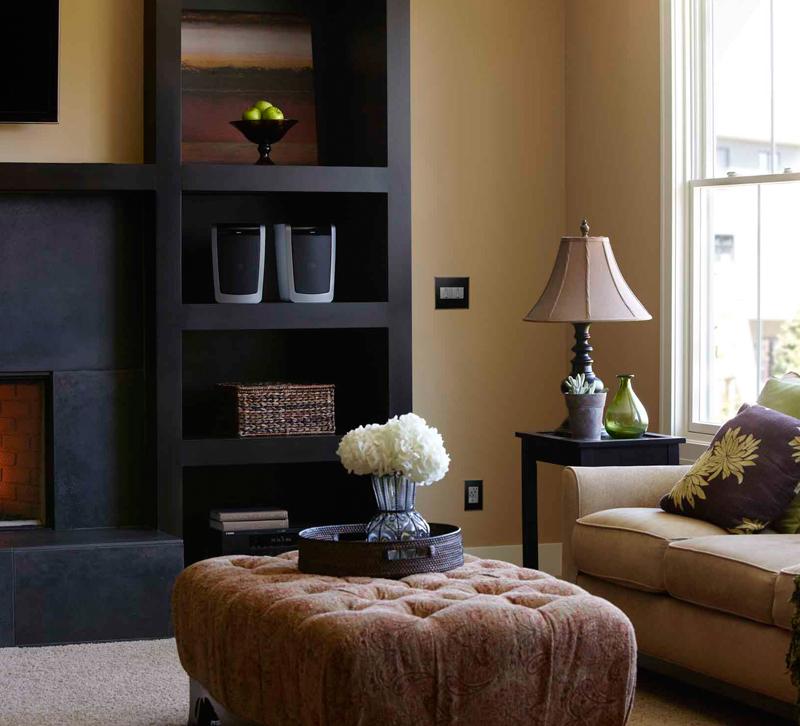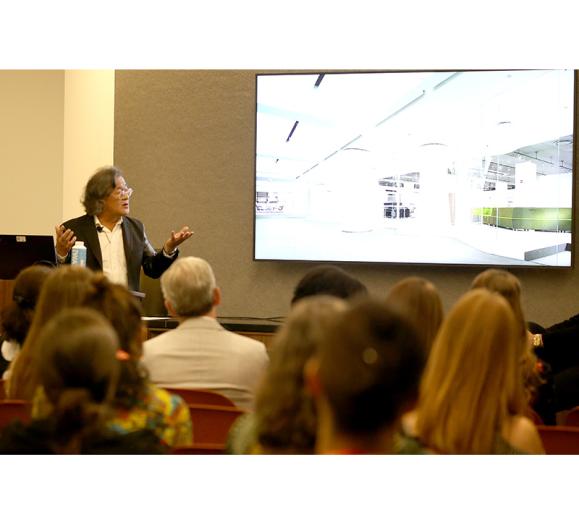An estimated 10 million Amazon Alexa-powered devices have been sold, according to a recent report from the Consumer Intelligence Research Partners. This past July, the company sold three times as many Echo devices on Prime Day as it did last year. The latest report from eMarketer shows that of all people in the U.S. who say they have used a voice-controlled device in the past month, 70.6 percent said they used Amazon Echo and 23.8 percent said they used Google Home.
What does this all mean? It means voice-controlled devices will soon become as common in homes as computers.
If there's one brand ready for this emerging trend, it's Legrand. The electrical and digital building infrastructure company announced this month that two of its collections are now compatible with voice-controlled devices Amazon Alexa (the voice within the Echo) and Google Home
Here's what you need to know about Legrand's new strategy.
Legrand's Plan
With this upgrade, Legrand has made its products compatible with Amazon Echo and Google Home, which means consumers can now control their Legrand lights through these devices. Two of Legrand's collections, radiant and adorne, have these capabilities.
“Our goal is to offer users the simplicity of connecting to our products any way they prefer," Fritz Werder, Vice President and General Manager of Legrand’s On-Q and Nuvo lines, said in a press release. "We want homeowners who enjoy the convenience of using Amazon Alexa or the Google Assistant in their homes to have the same options for controlling their lights too.”
By integrating voice-controlled devices, Legrand is taking one of the most frustrating aspects of smart homes — too many apps and remotes — out of the equation. Instead of flipping a switch or opening an app, consumers can just ask Google or Alexa to do the work, with phrases such as “Okay Google, turn on the porch lights,” or “Alexa, dim the living room to 50 percent." Consumers will need to connect the Google Home or Amazon Alexa apps to their lighting, but once this is done, no more remotes or apps.
As with other similar systems, consumers can control their lighting using the voice-controlled devices app. They can group and name bulbs to make it easier to control the lighting in rooms across the house. They can also set timers for lights to go on and off and set presets for different times of the day.
To use this system, consumers must have the Legrand LC7001 Whole House Lighting Controller (“Hub”) with an integrated Samsung ARTIK™ Cloud account and the radiant RF or adorne Wi-Fi ready switches or dimmers. The Amazon Alexa and Google Home app will need to connect with the Samsung ARTIK, but once they're connected, consumers can follow the steps in the app to set up their lighting controls.
More than a Gadget
One of the biggest hurdles in the smart home industry is getting consumers to see these products as investment-worthy, not just as cool gadgets. The industry has been struggling to show consumers the true value in smart products, and better integration with Google Home and Amazon Echo may be the first step.
Part of the problem comes from compatibility. Getting all of these products from different manufacturers to talk to each other is difficult. With each smart product consumers use in their homes, there's another remote or app to be learned and used. Amazon Alexa, for example, has its own app. Nest and Philips Hue have their own apps. It's a lot to learn and a lot to keep track of every day.
In a way, smart home products today look like a television set from the early 2000s: multiple remote controls for multiple devices and all consumers want to do is just turn the television on.
Legrand's choice to integrate Google and Amazon's products into its collections is a smart decision, to be sure, and other companies such as Philips, GE and Nest have found ways to make their products work with products from other manufacturers. What's missing now is consumer education, and that's where retail showrooms come in. It's up to retailers to have all the answers to smart homes and lighting.
Now if only there was one universal remote or app to control it all.







